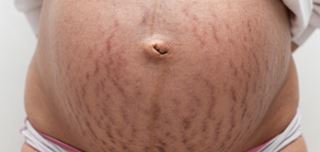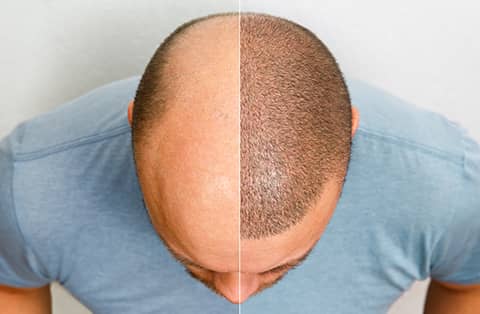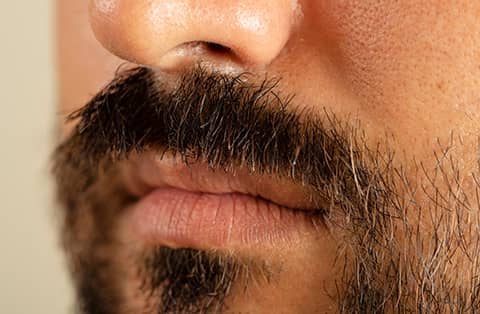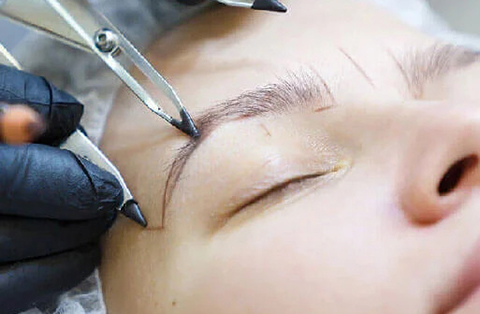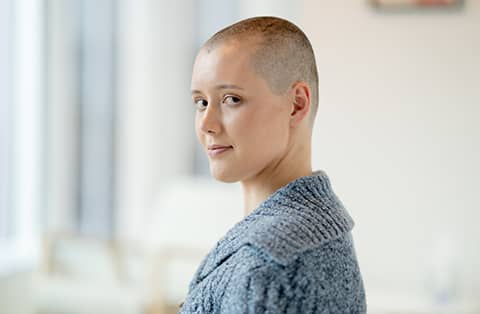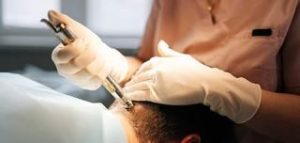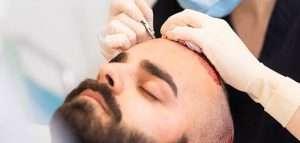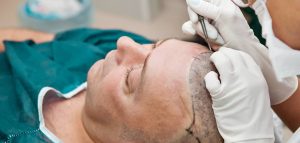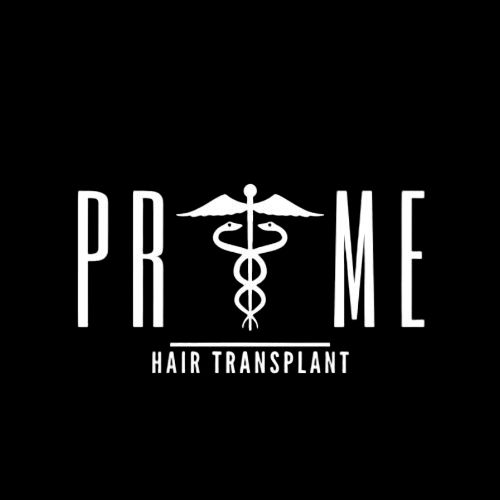Are you struggling with stretch marks that won’t fade, even after weight loss or pregnancy?
A tummy tuck may offer a solution. This popular cosmetic procedure not only tightens loose skin and muscles but can also reduce or remove stretch marks in the lower abdomen. If you’re wondering how a tummy tuck works, and whether it’s the right choice for addressing your stretch marks, this article is for you.
We’ll explain how the procedure targets excess skin, when stretch marks can be treated, and what to expect from the results. Discover if a tummy tuck can help you achieve smoother, more confident skin.
How Does a Tummy Tuck Work?
A tummy tuck, or abdominoplasty, is a surgical procedure designed to remove excess skin and fat from the abdomen while tightening the underlying muscles. Here’s how it works:
During the surgery, the surgeon makes an incision across the lower abdomen, typically from hip to hip. The skin and fat are lifted, allowing the surgeon to access and repair weakened or separated abdominal muscles. Excess skin and fat are removed, and the remaining skin is pulled down and sutured together for a tighter, smoother appearance.
In many cases, this process can also remove or reduce stretch marks located in the lower abdominal region.
Can a tummy tuck remove stretch marks?
Stretch marks can be frustrating, especially when they remain visible despite efforts to reduce them. For many, a tummy tuck offers a potential solution. But can it really remove stretch marks?
This procedure primarily focuses on tightening the abdomen and removing excess skin, which may also reduce or eliminate stretch marks in the treated area.
Does a tummy tuck get rid of stretch marks completely?
A tummy tuck can reduce or remove stretch marks, but not always completely.
Stretch marks below the navel, especially those on the lower abdomen, are often removed along with the excess skin during the procedure.
However, stretch marks outside this area, particularly above the navel, may not be affected. While the procedure can significantly improve the appearance of your skin, it’s important to understand that it may not eliminate all stretch marks.
How does a tummy tuck get rid of excess skin?
During a tummy tuck, the surgeon removes loose, sagging skin from the abdomen. By making an incision just above the pubic area, the surgeon pulls the remaining skin downward, trimming away the excess.
This process tightens the skin and smooths out the area, which helps improve the appearance of stretch marks that are located on the skin being removed. The remaining skin is then stitched together, giving the abdomen a firmer look.
What areas are affected by tummy tucks and stretch marks?
A tummy tuck primarily affects the lower to mid-abdominal region. Stretch marks in this area, particularly below the belly button, are most likely to be removed or reduced.
The surgery tightens the skin and underlying muscles, which can make remaining stretch marks less visible. However, stretch marks on the upper abdomen or other areas of the body, like the hips or thighs, will not be impacted by the procedure.
Are There Alternatives to tummy tucks and stretch marks?
While tummy tucks can be effective for reducing stretch marks, not everyone is ready for surgery.
Fortunately, there are alternatives that may help improve the appearance of stretch marks without undergoing a full abdominoplasty.
Can diet and exercise help with stretch marks?
Diet and exercise alone cannot remove stretch marks, but they can improve the appearance of your skin overall.
Stretch marks form when the skin stretches rapidly, such as during pregnancy or weight gain, and they don’t go away simply by losing weight.
However, staying hydrated, eating a balanced diet rich in vitamins and minerals, and maintaining a stable weight can support skin health and elasticity, potentially making stretch marks less noticeable.
What other plastic surgery options exist?
If you’re looking for alternatives to a tummy tuck, other plastic surgery procedures might help reduce stretch marks.
Laser treatments, for example, can target the skin’s deeper layers and promote collagen production, which may improve the appearance of stretch marks.
Another option is microdermabrasion, a minimally invasive procedure that exfoliates the skin, stimulating new skin growth. These procedures are less invasive than a tummy tuck, though they may require multiple sessions for optimal results.
Can topical treatments improve the appearance of stretch marks?
Topical treatments, such as creams and oils, can help fade stretch marks, but their effectiveness is often limited. Products containing ingredients like retinoids, hyaluronic acid, or vitamin C may improve skin texture and color, making stretch marks less visible.
However, these treatments usually work best on newer stretch marks and may not significantly affect older or more severe marks. For deeper or more widespread stretch marks, surgical or laser treatments may provide better results.

